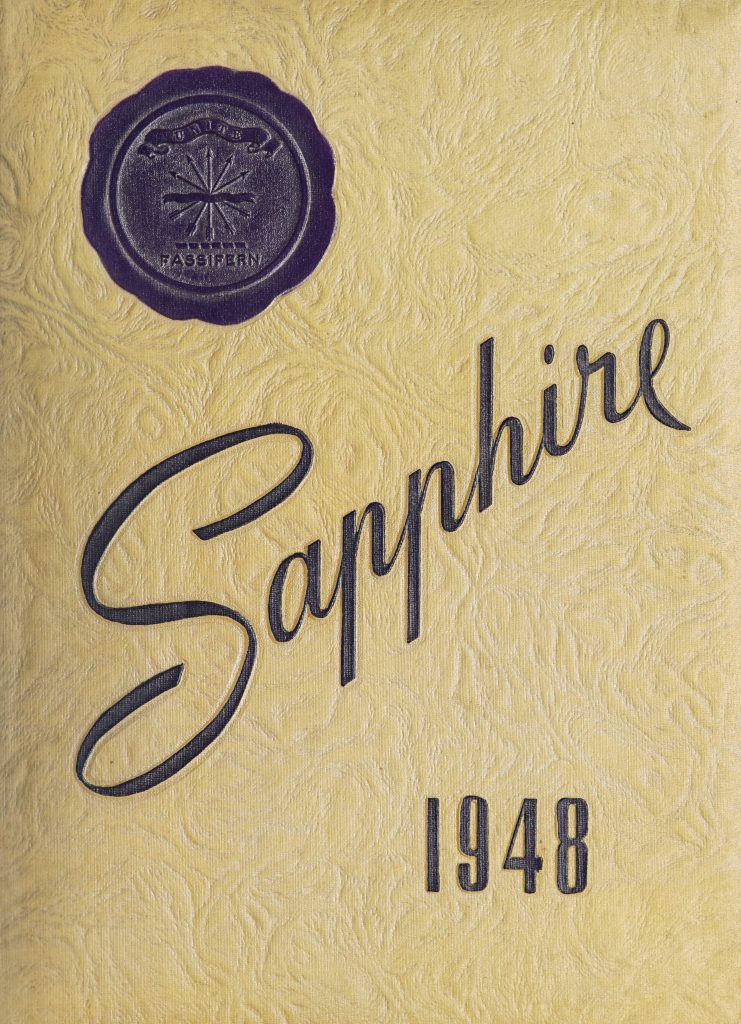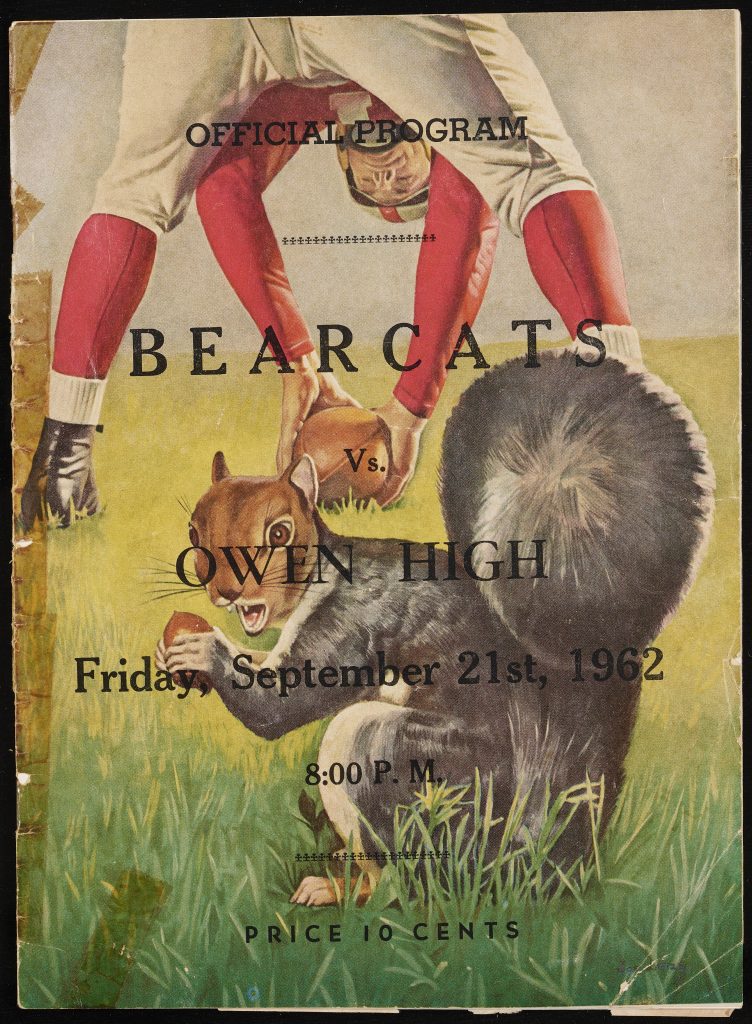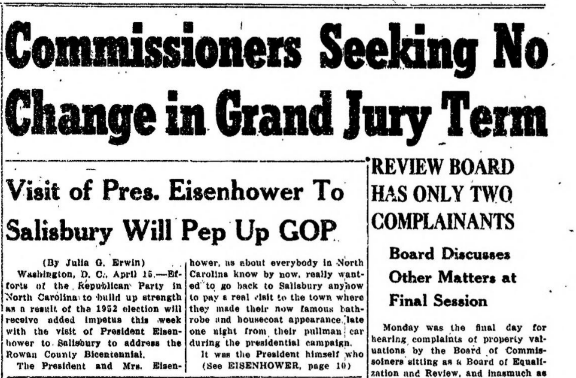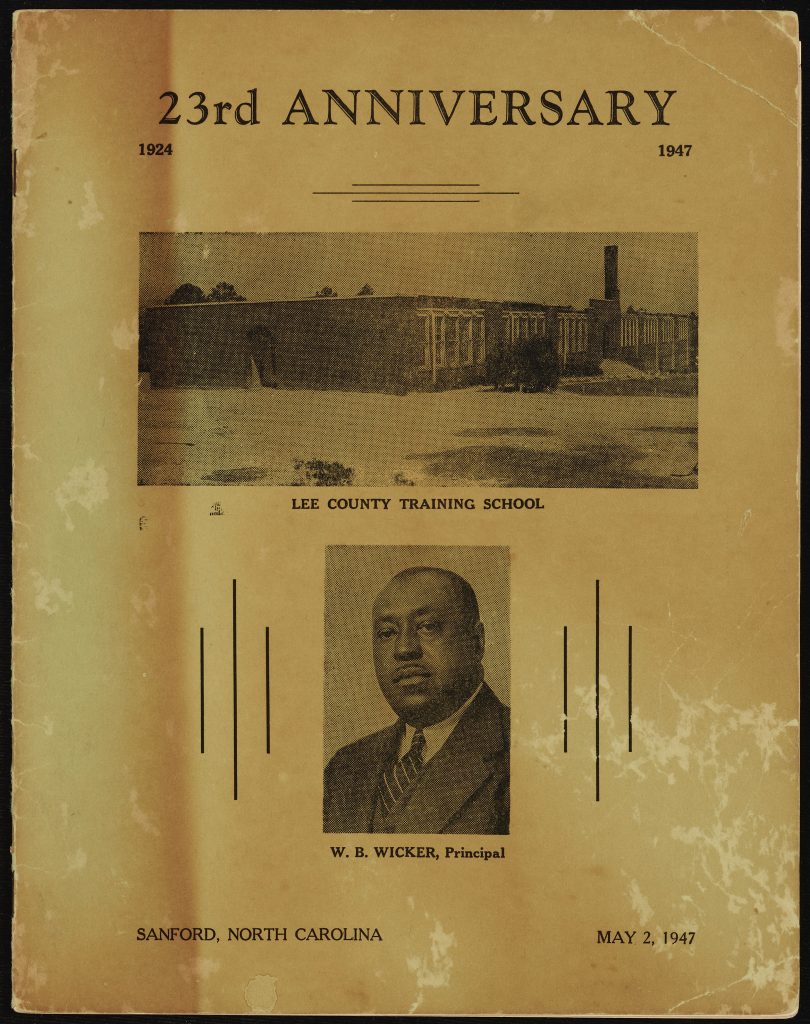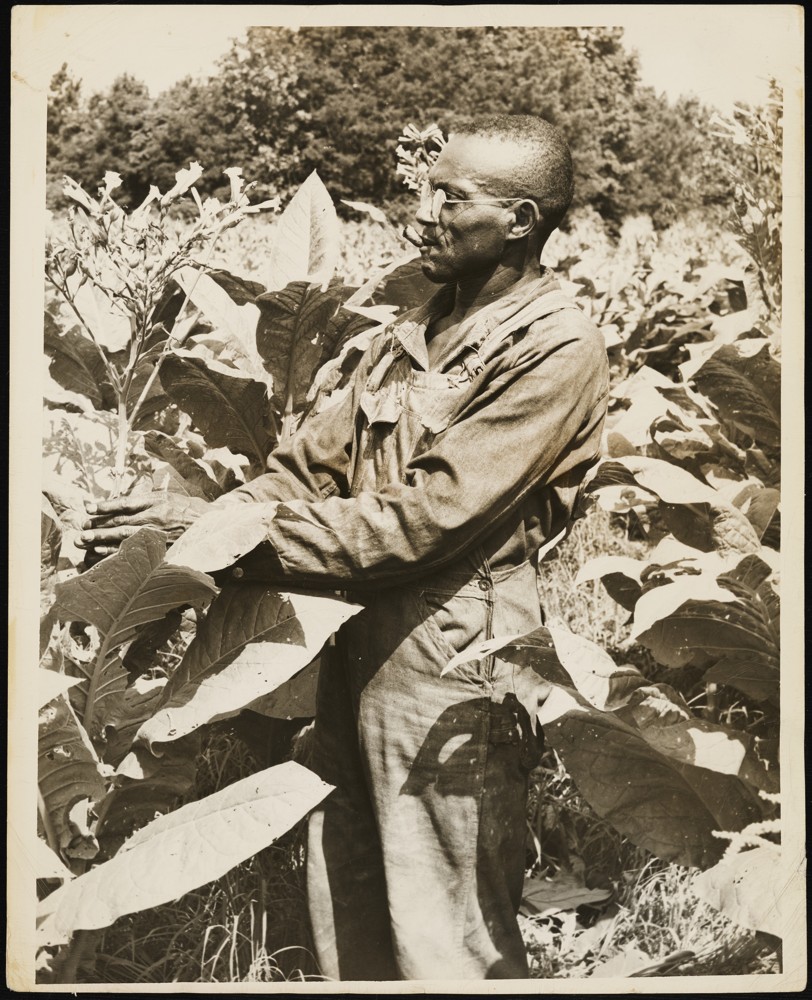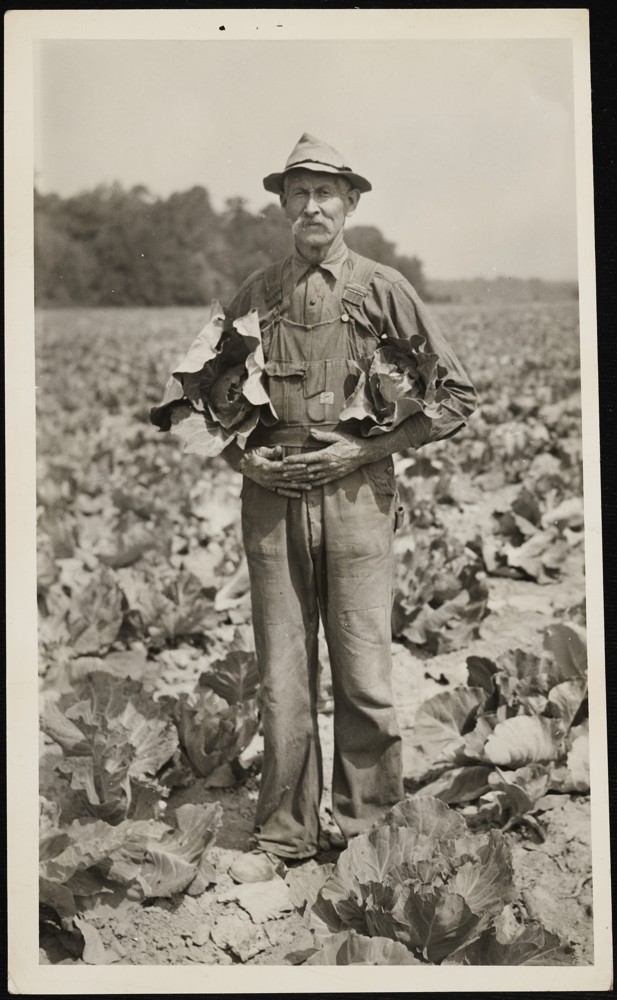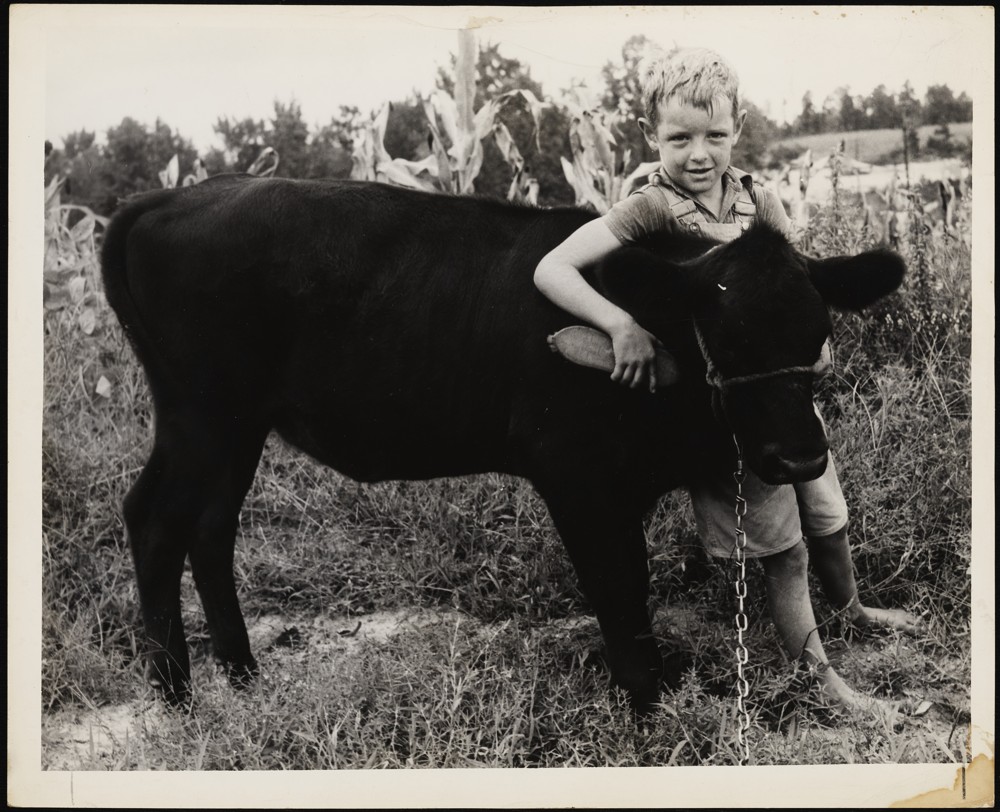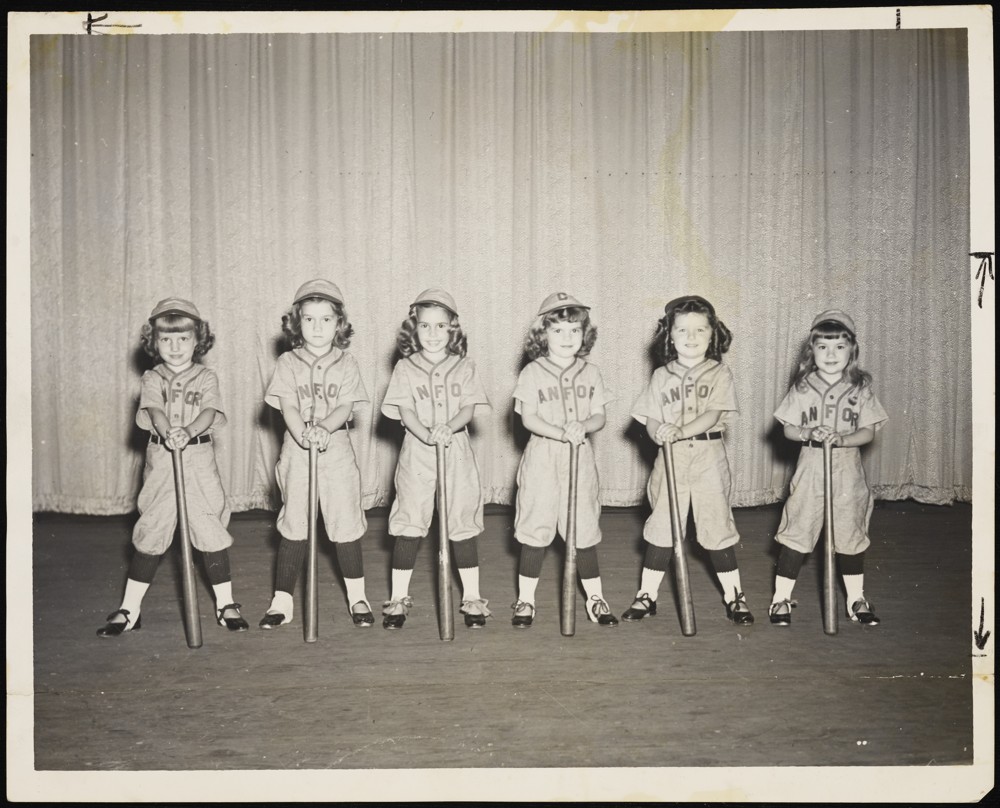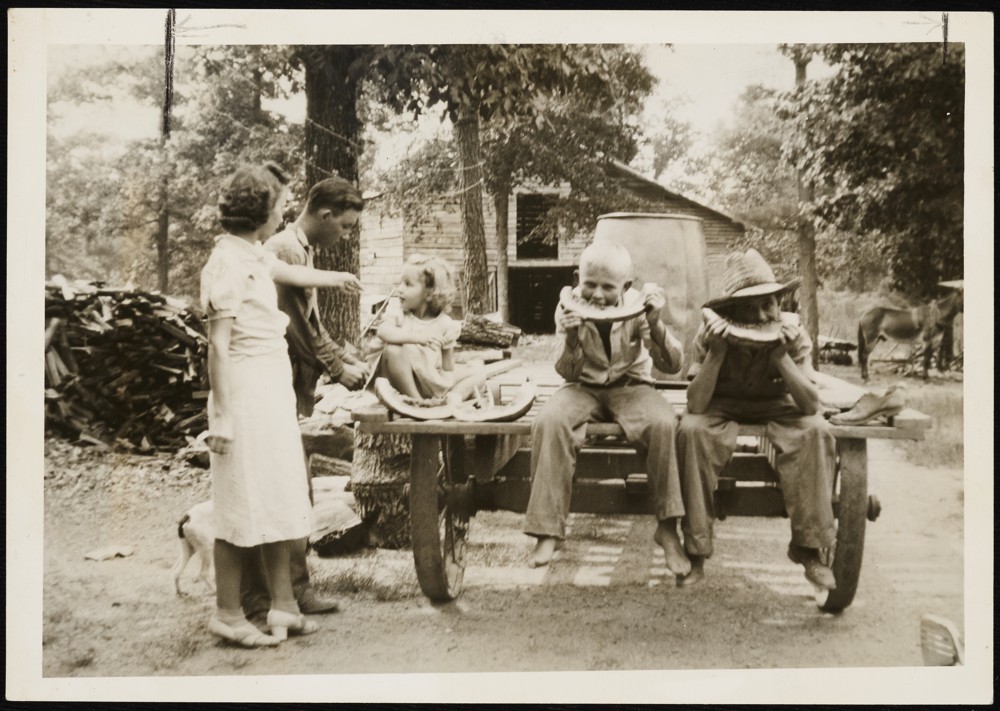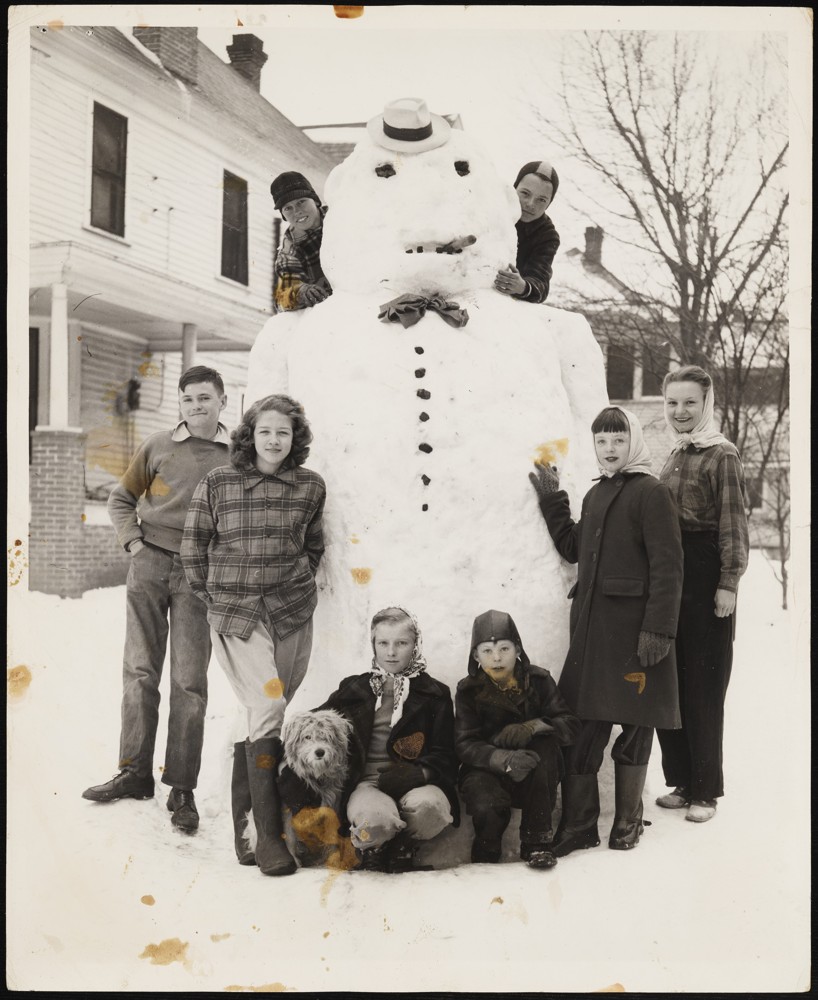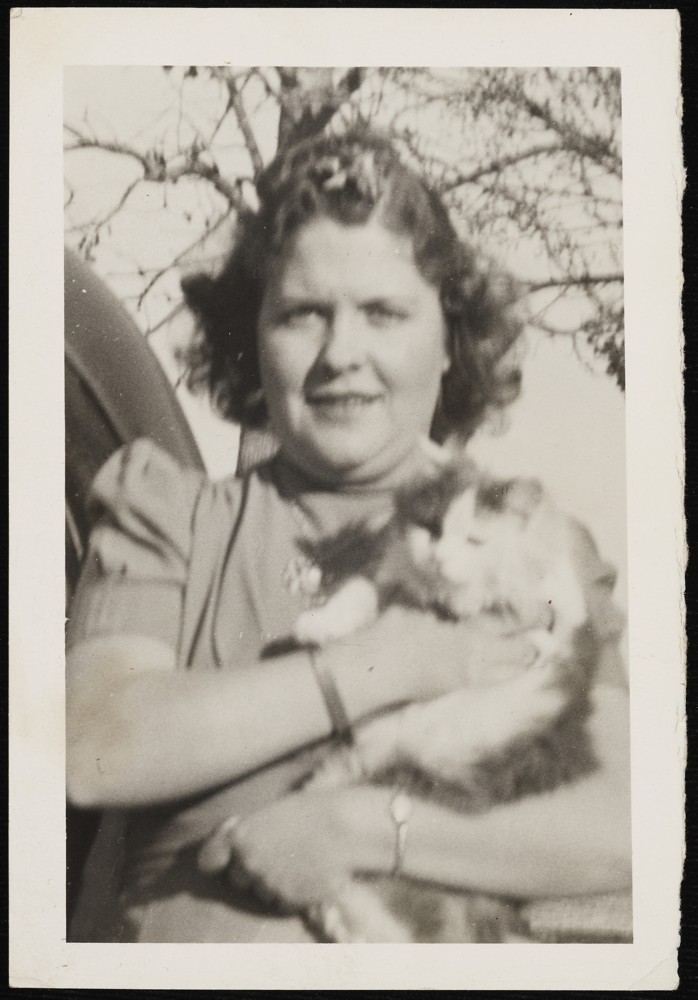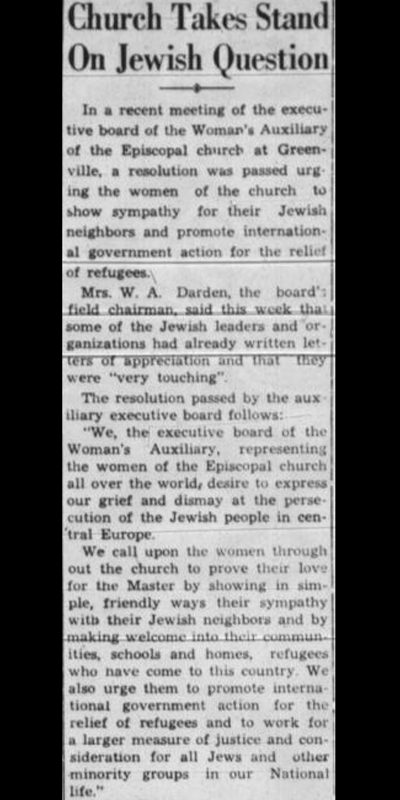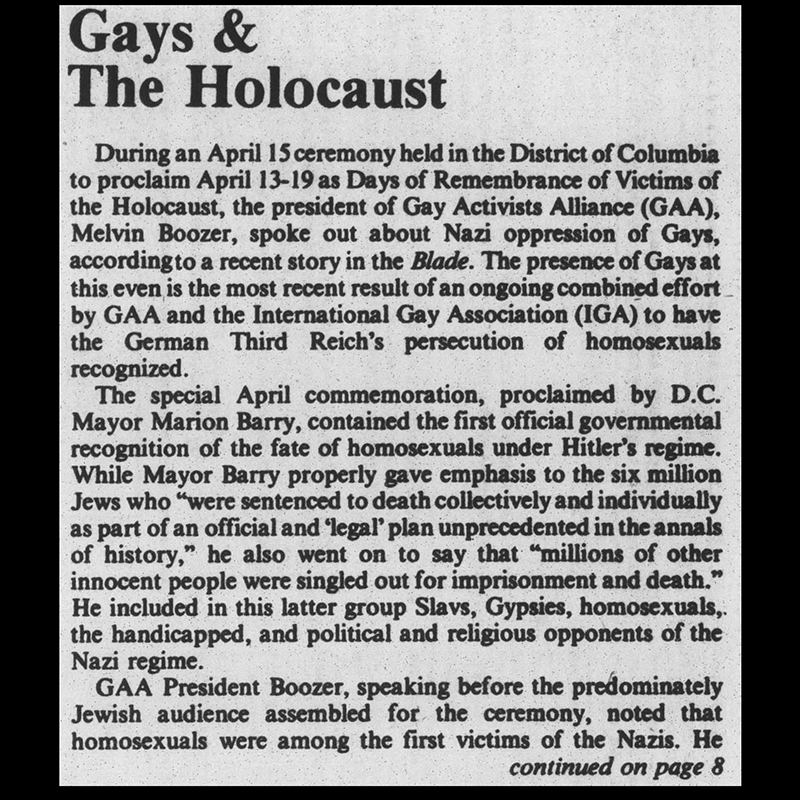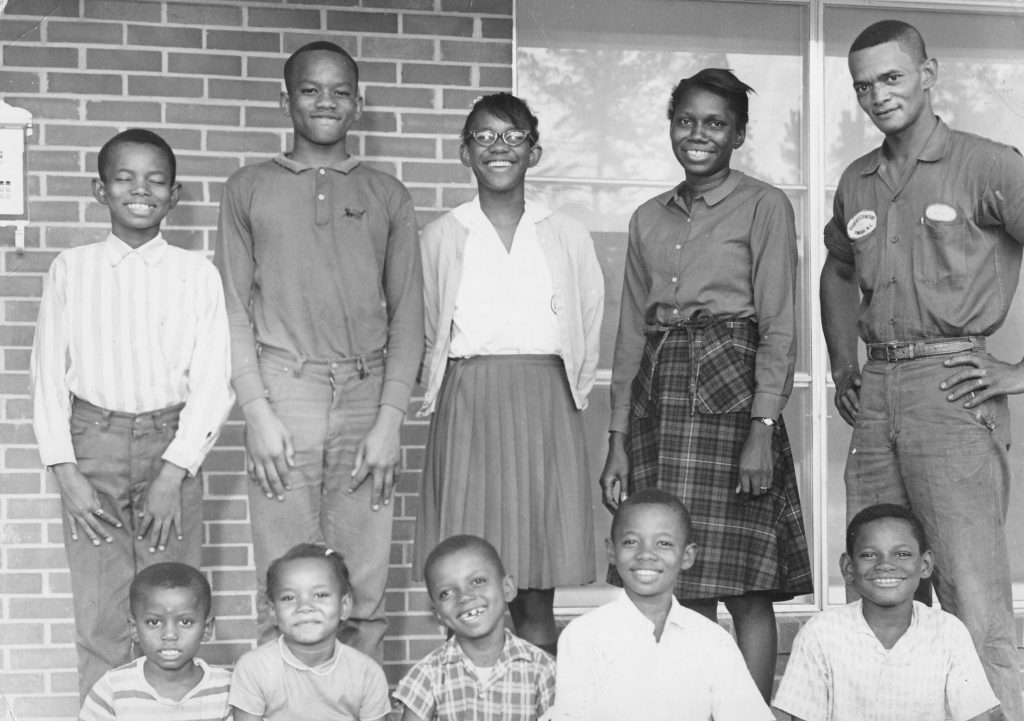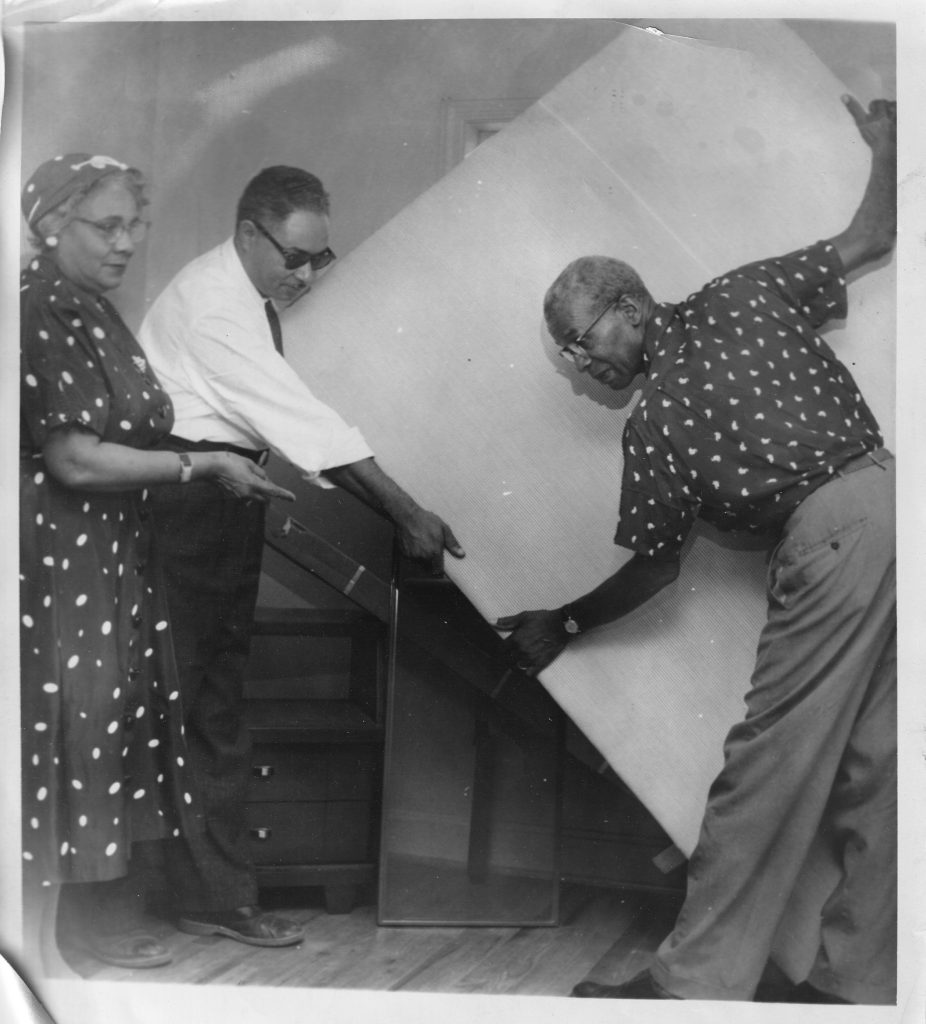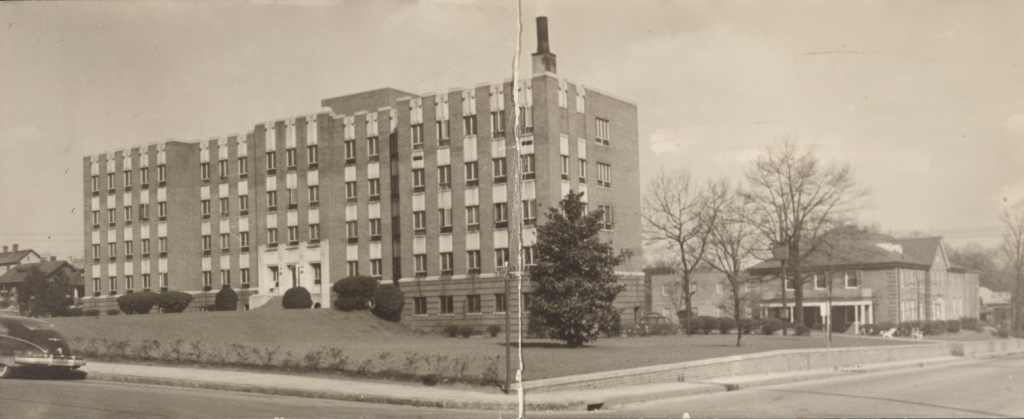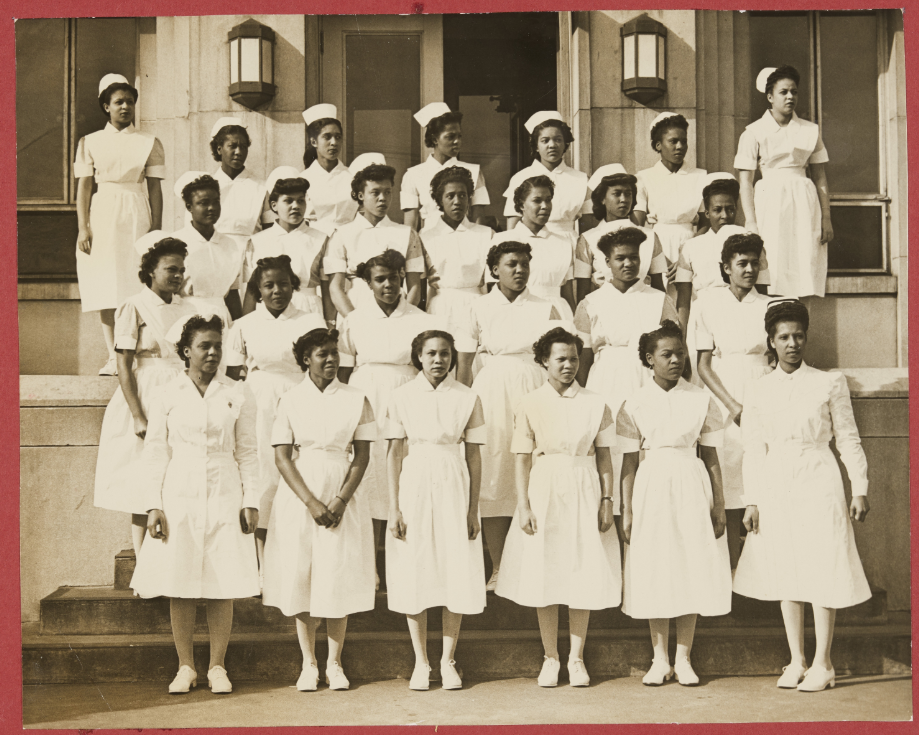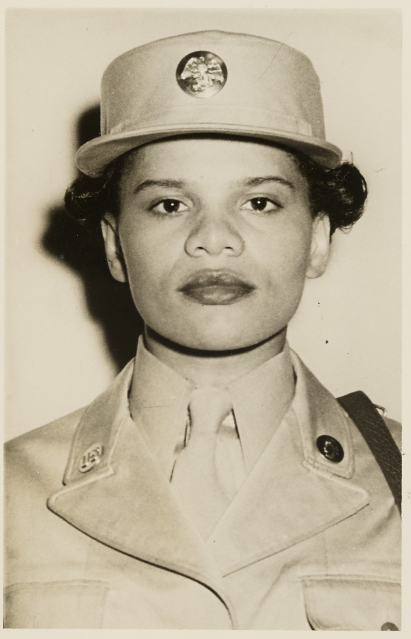Thanks to our partners at the Appalachian Regional Library and Ashe County Public Library, as well as funding from the Library Services and Technology Act (LSTA), new issues of The Skyland Post (West Jefferson, N.C.) newspaper are now available on our website DigitalNC.
These editions from July 1952 to November 1956 reflect the nation’s anxiety over the polio epidemic. People of all ages and genders faced illness and even death from the disease. Parents sequestered their children indoors, away from playdates and large gatherings, for fear of them catching the illness. Those who became afflicted by polio risked a life confined to the iron lung, a machine designed to help those with paralyzed lung muscles breathe. Although Dr. Jonas Salk developed a polio vaccine by the mid-1950s, the disease was not eliminated in North and South America until the mid-1990s.
The Skyland Post uses its platform to advocate for those who fell victim to the disease, especially children. Advertisements for donations for March of Dimes, an organization created to improve the health of mothers and babies, run throughout these new editions. Local organizations in Ashe County also pledged their monetary support to eradicate the disease. Entire communities came together to raise funds for March of Dimes through activities like benefit games.
News of the polio vaccine also bled into The Skyland Post. The October 20, 1955 edition of the paper declared hopeful news – limited vaccines would be available for children five to nine years old. Hopeful pieces declared that the vaccine may grant “life-time immunity,” and parents were encouraged to have their children vaccinated as soon as possible. After years of living in fear of polio, hope was finally on the horizon.
Information about the polio disease is from the Mayo Clinic website seen here.
To browse all of our newspapers by location, date, and type, take a look at our North Carolina Newspapers collection.
To see what other materials they have contributed, visit the partner page of Appalachian Regional Library here. and Ashe County Public Library here.
To learn more about what the library has been up to, check out the Appalachian Regional Library website here and the Ashe County Public Library website here.


